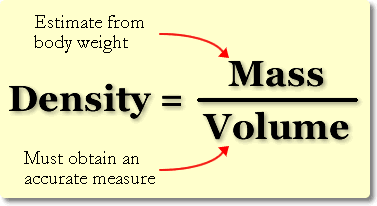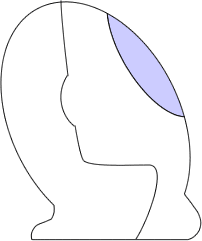If you are participating in our studies, or know anyone else who is, you might be familiar with our Bod Pod device. In this post we are going to explain exactly what it is that it does and how it does it!
This is why we ask our participants to wear tight clothes, and put their hair inside a swim cap: to avoid extra volume that might skew the measurement!
What is a Bod Pod?
The BOD POD is a device that uses air movement to determine your body composition (aka the ratio of fatty mass to lean mass). Fatty mass and lean mass have different density, with fat-free tissue being more dense than fat tissue.
Fat mass consists of all the adipose tissue (fat) within your body.
Lean mass consist of bone, bodily fluid (blood), organs, and skeletal muscle.
The BOD POD test provides results of these two categories expressed as percentages of total body mass. Testing is highly accurate, safe, and quick, with a complete analysis in about 10-minutes. It's easy and appropriate for many types of people, including the obese, disabled, elderly, and children. It provides excellent repeatability and tracking.
Why do we need to get on the scale first?
| Density is defined as mass divided by volume. Body mass can be estimated from body weight, as measured by a high precision scale. Body volume must then be accurately measured to provide an accurate body density value! |  |
Alright, but how is the BodPod able to measure body volume?
|
| The BodPod uses a technique called Air Displacement Plethysmography (ADP). This technique relies on the physics of Boyle's Law, which states that pressure and volume vary inversely with one another. In other words, as pressure goes up, volume goes down, and vice versa. By monitoring pressure changes in the chamber, the Bod Pod allows us to calculate volume. First of all, the volume of the Bod Pod itself is calculated. Then, the participant enters the chamber and we measure the volume of air left in the chamber with the subject inside. By subtraction (First volume measurement minus second volume measurement), the volume of the subject is calculated. |  |
The BodPod uses a diaphragm to cause small volume changes in a chamber and then measures pressure responses.
|
Of course, lung volume is taken into account in order to obtain an accurate volume measurement. (Other body composition measurement techniques require the subject to empty their lungs during a test.)
This is why we ask our participants to wear tight clothes, and put their hair inside a swim cap: to avoid extra volume that might skew the measurement!
Do you have any questions? Let us know in the comments!
Sources:







